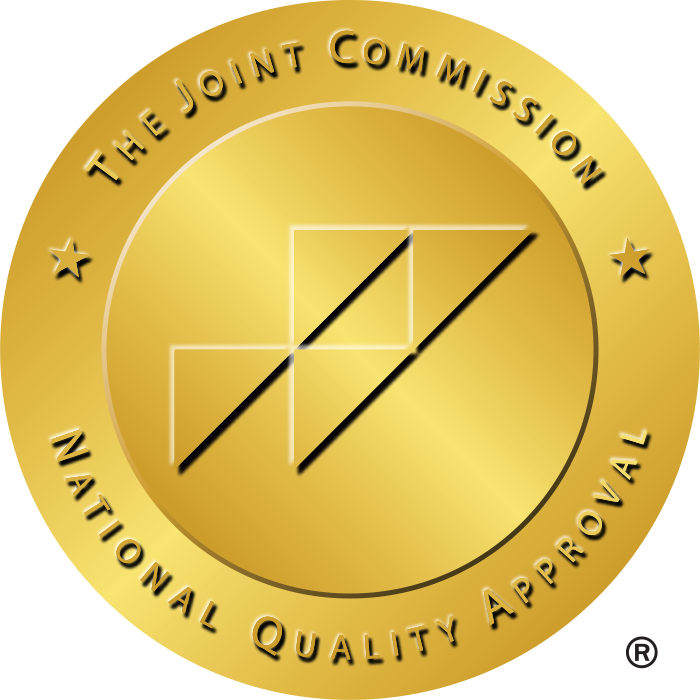Rethinking workforce models and adapting to more innovative staffing strategies
Healthcare facilities nationwide are facing a dual challenge: rising operational costs and ongoing staffing shortages. To stay flexible and resilient, these facilities are turning to more adaptable workforce strategies. One solution is per diem staffing. Per diem offers a practical and cost-effective way for facilities to deliver patient care without the burden of onboarding, training, and retaining full-time employees. Per diem staffing is a model that helps hospitals, acute or long-term care facilities, clinics, and other providers maintain high standards of care while keeping operational costs in check.What is per diem staffing?
Per diem staffing refers to professionals who work on a shift-by-shift or day-by-day basis and are available to fill immediate staffing needs. Facilities often turn to per diem healthcare professionals for various reasons, including covering shifts during peak times, filling in for employees who are absent or on leave, or for specialized procedures when additional providers are required. Per diem allows facilities to scale in real-time based on their needs and patient volume. Facilities have the option to fill in where staff are needed without over-staffing, or hiring too many providers that they may not need long term, or even by the next shift.Understanding per diem staffing and regulations
Per diem is a growing trend in the healthcare industry. As demand for on-demand staffing rises, more facilities, particularly hospitals, are turning to per diem to fill critical gaps. The per diem staffing marketing is expected to reach over $10 billion in 2025. Workforce experts warn that the U.S. healthcare industry could face a shortage of up to 3.2 million caregivers by 2026. Seasonal medical care surges, retirements, and sudden absences further widen this gap. Under these pressures, a per diem float pool is no longer optional for many organizations; it has become a vital tool for maintaining steady care in times of uncertainty. Per diem employees can be categorized as either exempt or non-exempt. Exempt per diem employees are not entitled to overtime pay, while non-exempt employees are entitled to overtime pay if they work more than 40 hours a week. Fair Labor Standards Act (FLSA) classification of employees is essential for facilities to maintain compliance. State regulations apply, as well.
Per diem making an impact
There are multiple financial benefits for healthcare facilities tapping into the power of per diem. Facilities trim many of the costs associated with permanent hires while managing patient care by calling in extra help only when needed. The many benefits of a strong per diem workforce include: Lower payroll costs. Per diem professionals are only paid for the hours they work, so there are no idle wages for slow periods. This pay-per-shift model allows managers to align labor costs with patient volume, ensuring staffing resources are used efficiently. Operational Flexibility. Every company –whether it’s healthcare or another industry – strive for a nimble, effective workforce. Per diem helps facilities operate more efficiently by giving hospitals the power to adjust staffing quickly. Creating on-demand scalability. Facilities can respond quickly to surges in demand. Emergencies, surges in patient census and special events can be managed effectively. Access to specialized skills. Professionals with the necessary skills can be hired for shifts as needed, without incurring permanent costs. Access to specialized expertise directly impacts patient outcomes. Providing reliable backup. Patient care and delivery can continue without interruption. Continuity of care can be maintained when the full-time employees are out sick, on leave or resign. Overtime Cost Reductions. Hiring per-diem workers can significantly reduce or even eliminate overtime costs, as the full-time staff doesn’t have to work extra hours. Reducing administrative hiring costs. Per diem requires fewer administrative steps than full-time hiring. This also helps reduce the burden on already overstretched human resources, compliance, and operations teams.Supporting workforce sustainability and reducing burnout
The integration of per diem staff provides critical support to permanent team members, addressing one of healthcare’s most pressing challenges: workforce burnout. Healthcare worker burnout affected nearly 63% of physicians in the year 2021 and contributed to turnover intentions among 28.7% of healthcare workers. Per diem professionals help alleviate pressure on full-time staff during peak periods, reducing overtime requirements and providing necessary support during high-demand situations. This supplemental staffing approach ensures permanent employees receive adequate clinical support, enhancing workplace morale and contributing to a more sustainable working environment.Per diem professionals vs. travel
In 2024, the industry analyst organization Staffing Industry Analysts (SIA) reported that over 40% of per diem staffing agencies expected to increase their new orders from clients within six months. The report also indicated that the travel nursing and allied healthcare market would be gradually replaced by per diem professionals. Travel healthcare for nurses and allied health has long been the standard in temporary healthcare staffing, yet per diem is gaining traction with providers nationwide. Yet, many healthcare professionals prefer per diem roles due to the flexibility. Younger generations of nurses and allied healthcare professionals repeatedly cite in surveys that they crave work-life balance and the flexibility to create a schedule that works seamlessly with their personal lives. With travel healthcare roles, contracts and assignments are anywhere from eight to twenty-six weeks, so there is less flexibility. Additionally, per diem professionals are typically local residents and do not require relocation assistance, another cost benefit for facilities hiring on a shift-by-shift basis.
Strategic implementation
Effective per diem staffing requires healthcare facilities to strategically partner with qualified staffing agencies that provide credentialed professionals, efficient scheduling systems, and comprehensive support services, ensuring seamless integration of vetted and skilled candidates. Leveraging advanced technology platforms, such as AI-matching candidates to roles based on their profiles and preferences, further enhances efficiency by enabling real-time hiring and decision-making. This makes it easier for healthcare professionals to access opportunities while streamlining workforce management for facilities.Per diem staffing with StaffDNA
StaffDNA connects per diem professionals with open positions nationwide. Facilities utilize StaffDNA’s innovative platform to quickly adapt to staffing shortages, control costs, and maintain the highest standards of patient care. Partnering with StaffDNA gives facilities access to a nationwide network of highly qualified, credentialed professionals ready to fill your shifts. Over two million healthcare professionals have downloaded the StaffDNA app to find jobs that meet their scheduling and compensation needs. Facilities have access to data showing which professionals are available nearby and can compare rates to optimize pay.
Sheldon Arora
CEO







